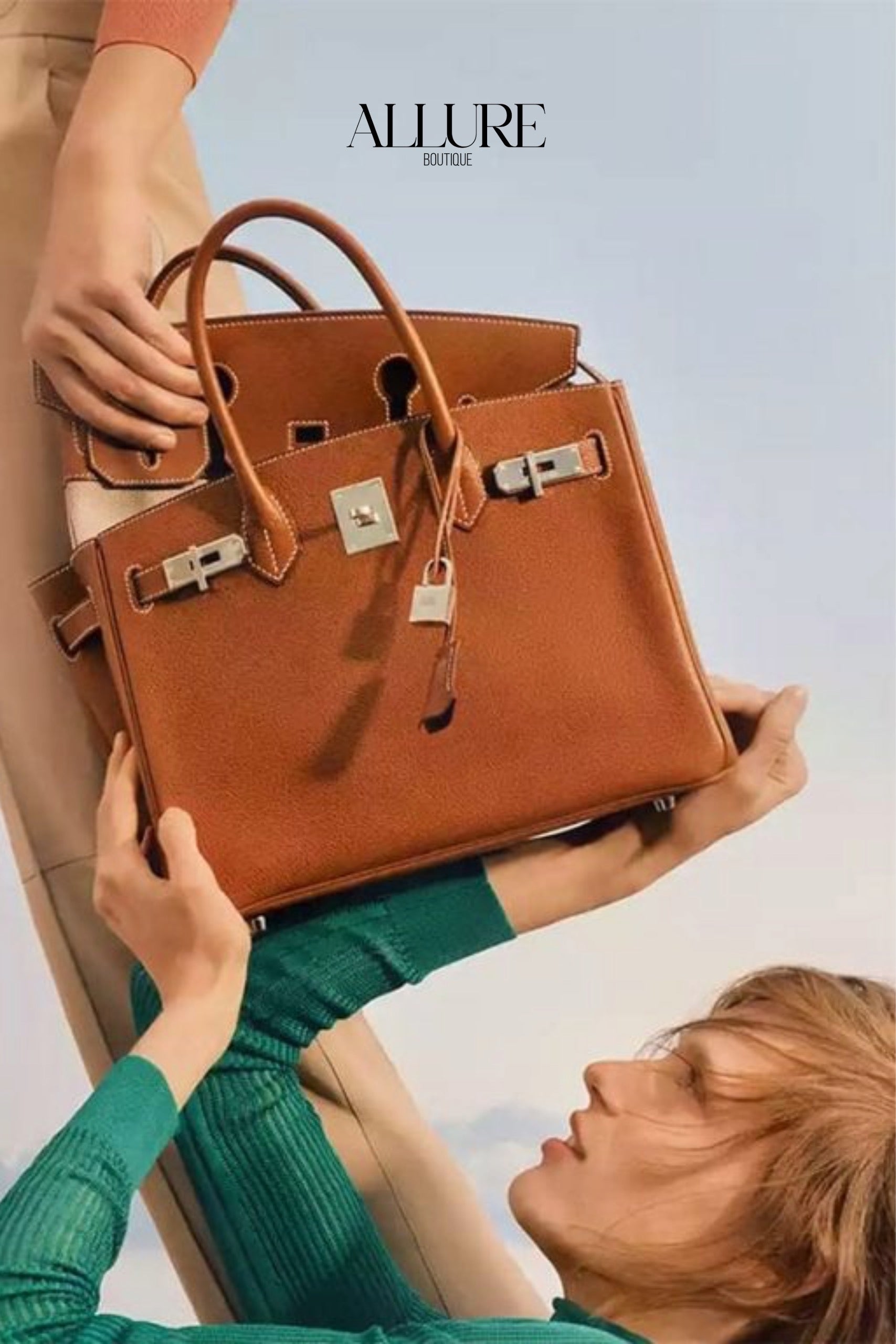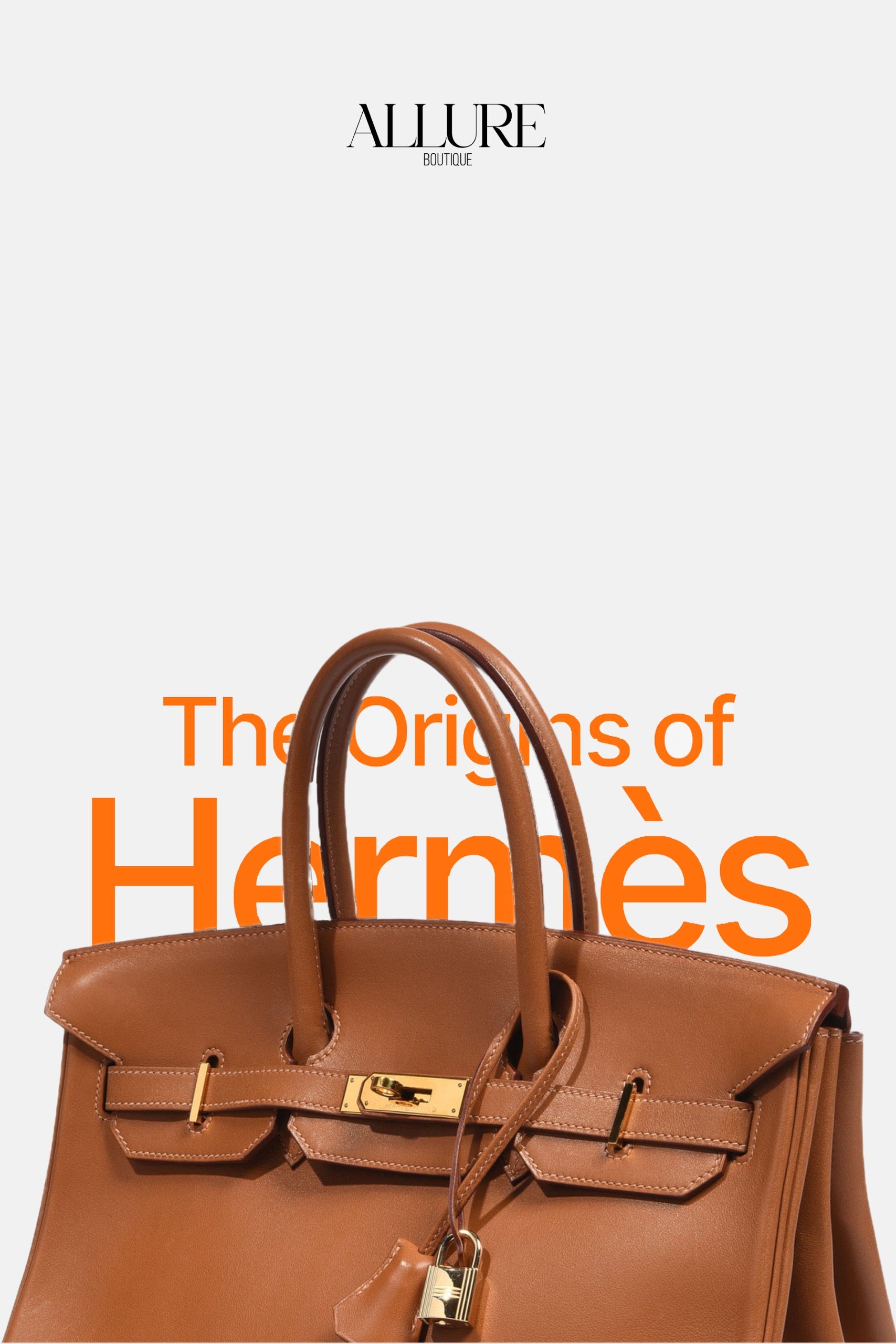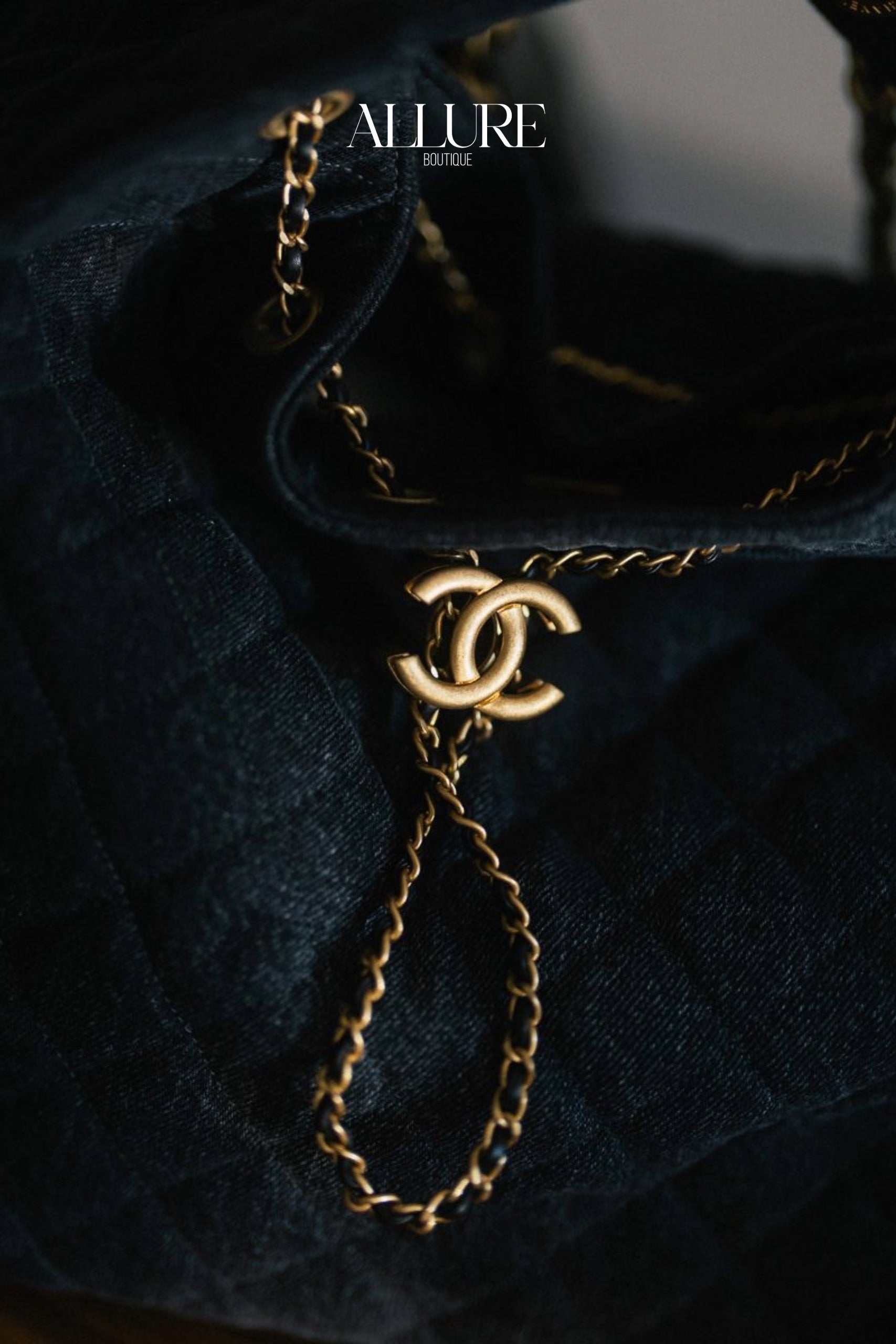
The Power of Scarcity: Harvard, Hermès, and the Art of Exclusivity
The Power of Scarcity: Harvard, Hermès, and the Art of Exclusivity
What do Harvard and Hermès have in common? More than you might think. While one is an elite university and the other a world-renowned luxury brand, both operate on the same fundamental principle: scarcity breeds desirability.
The Strength of the World’s Most Powerful Brands
When we think of the strongest brands, we often turn to household names like Apple, Mercedes-Benz, and Coca-Cola. However, according to NYU Stern professor Scott Galloway, the real power players in branding aren’t luxury fashion houses or iconic car manufacturers—they’re elite academic institutions like Harvard, Oxford, and Stanford.
Why? Because they master the art of exclusivity. Just as Hermès carefully controls access to its coveted Birkin bags, universities restrict admissions to maintain prestige. In both cases, the perception of rarity enhances demand and value.
How Luxury Brands & Ivy League Schools Manufacture Scarcity
The Admissions Game: The Ivy League’s Formula for Prestige
-
Harvard, Princeton, and other top universities boast single-digit acceptance rates, rejecting thousands of high-achieving students every year.
-
These schools thrive on exclusivity, with admissions officers even manipulating numbers to appear even more selective.
-
Instead of expanding class sizes, they limit spots to maintain their elite status.
The Luxury Playbook: Hermès, Rolex & Ferrari
-
Hermès and Rolex employ similar strategies, making their products hard to acquire to increase desirability.
-
The Birkin and Kelly bags are never openly available—customers must build a purchase history before they’re offered one.
-
Rolex limits production of its most sought-after models, ensuring waiting lists remain long.
-
Ferrari follows suit, famously producing “one car less than the demand” to maintain its ultra-luxury status.
The Economics of Exclusivity: Why It Works
The success of this strategy lies in the psychology of luxury:
-
People want what they can’t have. The harder something is to obtain, the more desirable it becomes.
-
Artificial scarcity creates mystique. The illusion of unavailability makes a product or institution appear even more prestigious.
-
High demand + low supply = premium pricing. Whether it’s a six-figure sports car, a luxury handbag, or an Ivy League education, exclusivity commands exceptional profit margins.
The Ultimate Luxury? Education
Interestingly, Galloway argues that elite universities outperform even luxury goods when it comes to margins:
-
Harvard charges $7,000 per student per class, generating $1.2 million for just 12 nights of teaching.
-
Unlike Hermès or Ferrari, universities don’t have production costs—they sell knowledge, making their profit margins nearly unbeatable.
-
While Hermès and Rolex operate at 50-60% margins, universities sustain over 90%—making education the most lucrative “luxury” in the world.
The Bottom Line: Scarcity = Status
Whether it’s an Ivy League diploma or a Hermès Birkin, exclusivity defines true luxury. By restricting access, brands—and universities—solidify their prestige, creating a perpetual cycle of high demand, desirability, and sky-high pricing.



Leave a comment
This site is protected by hCaptcha and the hCaptcha Privacy Policy and Terms of Service apply.